- No products in the cart.
Popis
Hamlet- torso (1912-13)
bronze
Height: 66 cm
Signed on the back side on the plinth: HAMLET, G
Otto Gutfreund (1889- 1927) is considered to be the pioneer of Czech cubistic statuary of a world importance.
Otto Gutfreund was only twenty years old, when he saw the exhibition of E. A. Bourdel in the year 1909 in Prague. Still, he made it to start attending Bourdel´s private statuary school in Paris, the very same year. Per Gutfreund´s diary, Bourdel graphically initiated the young adept to his concept of a statue – architecture, and in the same time he impressed Gutfreund deeply by his expression liveliness. After Gutfreund came from Paris back to Prague, he joins the Group of Fine-Artists and creates avant-garde statue Anxiety (1911), which already is modelled as an organic crystal and is considered to be the first cubistic statue.
The output torso image of Hamlet (1912 – 1913) falls into the creative cubistic period of the author, when the sculptor´s work is based on his imagination and thus he can use motifs ready in literature and theatre. Therefore, the first Gutfreund´s sculptures have names such as Hamlet (1911), Adam and Eve (1911) or Don Quijote (1912). What is more important than these narrative moments, is the substance of the plastic imagination itself and Gutfreund determined it as not the material volume, but as moving superficies of the sculptor´s plan.
The torso image of Hamlet was preceded by the sculpture Hamlet (1911) with both hands, the left risen towards the head and the right one laid on the prince´s bag. Nevertheless, in the end, Gutfreund decided to make the torso version – like with the plastique Don Quijote, where he kept only the head.
The change of sculptor´s concept of both plastiques prove the artist´s bias from the narrative interpretation of motifs (theatrical gestures and stands of the figures) to the cubistically slanted construction of shape. The symbolical commentary on life “To be or not to be” is substituted by an analytical plastic sign.
The naturalistic theatricality of this plastique is substituted here by shape principle of abstract type, alternating decisively the organic understanding of grown form. At the final image of the plastique, Gutfreund took away both hands, kept the wide stance of muscled legs, and to emphasize the continuous movement of the figure in the spiral, he loaded down the hips of the slim body, lengthened the neck and simplified the expression of the face. The final torso of Hamlet was subsequently presented on the 4th Exhibition of Fine-Artists in Prague, in the year 1914 – number 40.
Otto Gutfreund never casted any plastique to bronze during his life – because of financial reasons. All the bronze casts originate at later times.
Literature:
Petr Wittlich, Sochařství před první světovou válkou, in: Dějiny českého výtvarného umění 1890-1938, IV/1,Academia 1998, p. 324-325.
Jiří Šetlík/Václav Erben (eds.), Otto Gutfreund, Katalog Národní galerie v Praze, Sbírka moderního umění, 1996, p. 199-200.
Jiří Šetlík, Otto Gutfreund – Cesta ke kubismu, Národní galerie v Praze 2012, p. 82.
Další informace
| Autor | |
|---|---|
| Období | |
| Místo vzniku | |
| Rok vzniku | |
| Kategorie | |
| Technika | |
| Téma | |
| Signováno |
Pro přidávání recenzí se musíte nejdříve přihlásit.

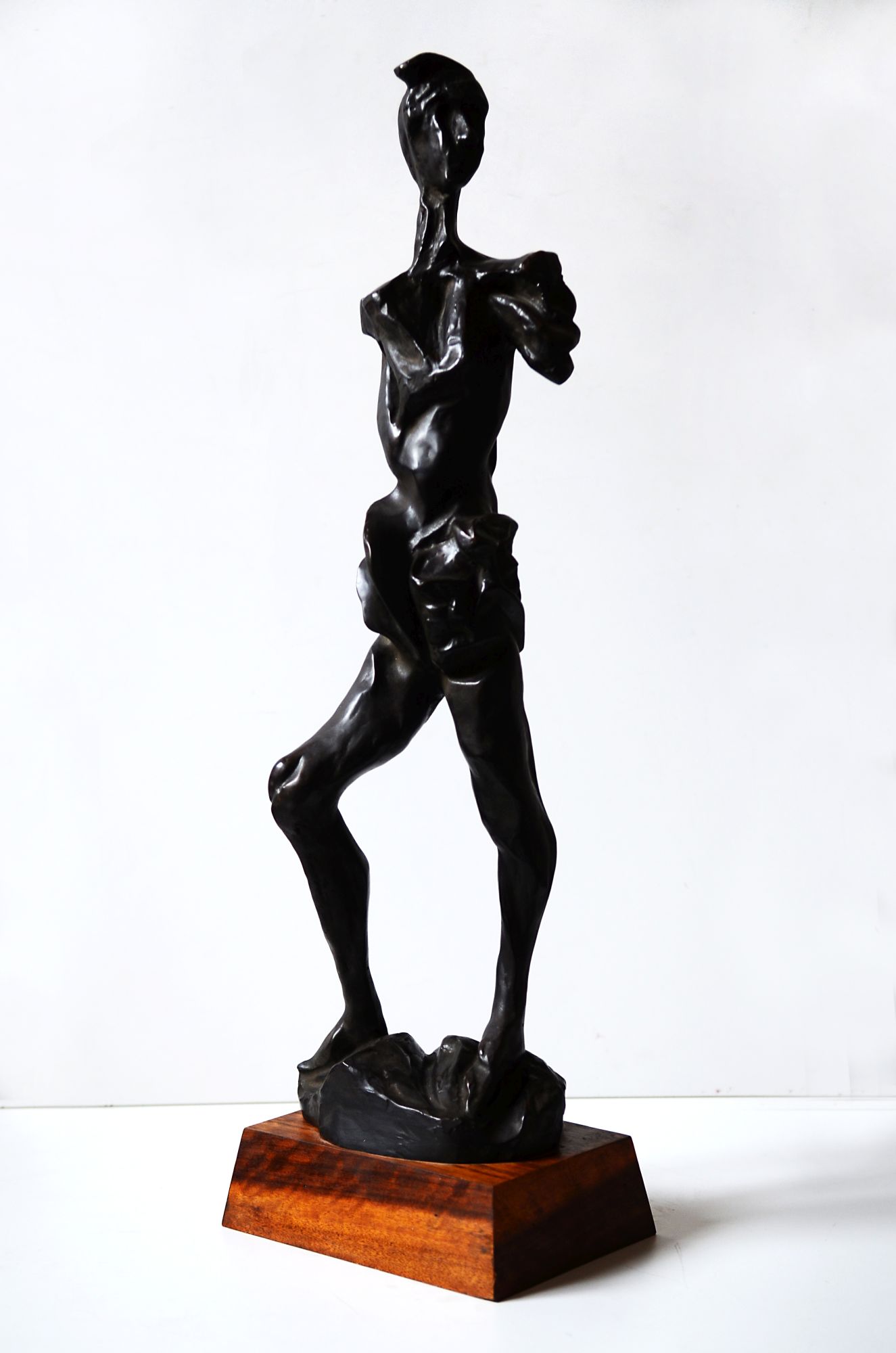




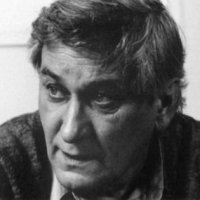
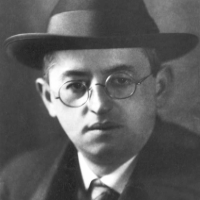
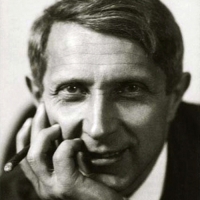
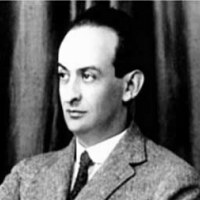


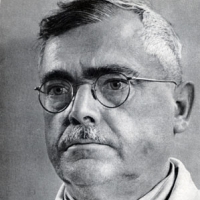
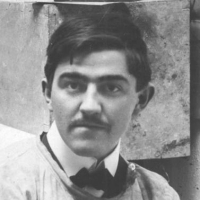
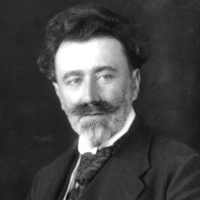
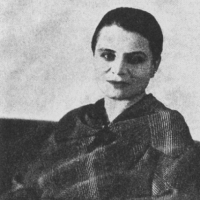

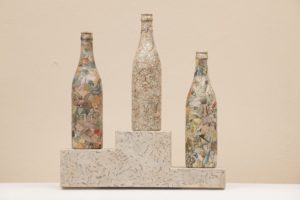

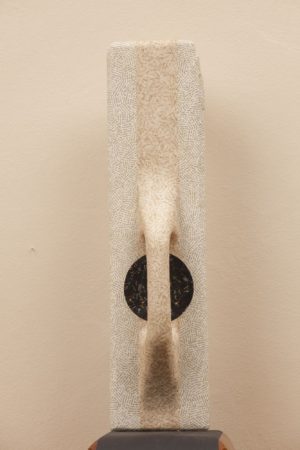



Recenze
Zatím zde nejsou žádné recenze.